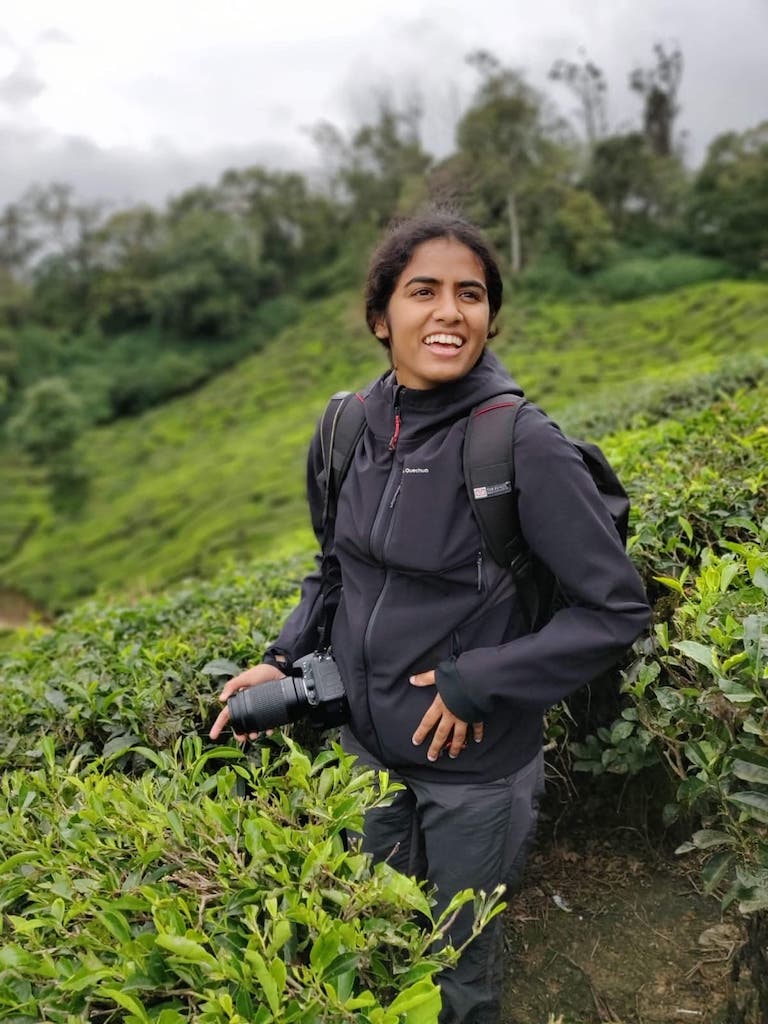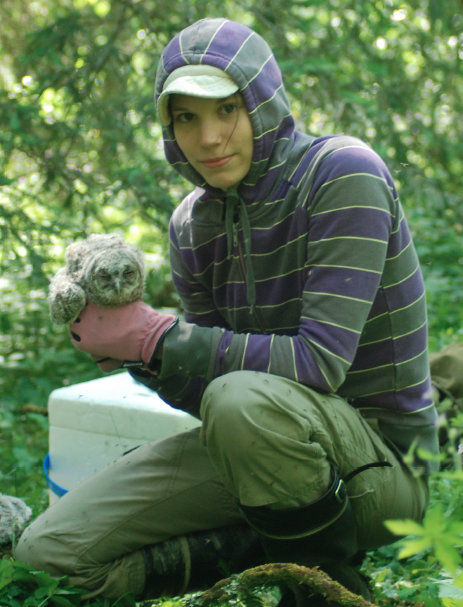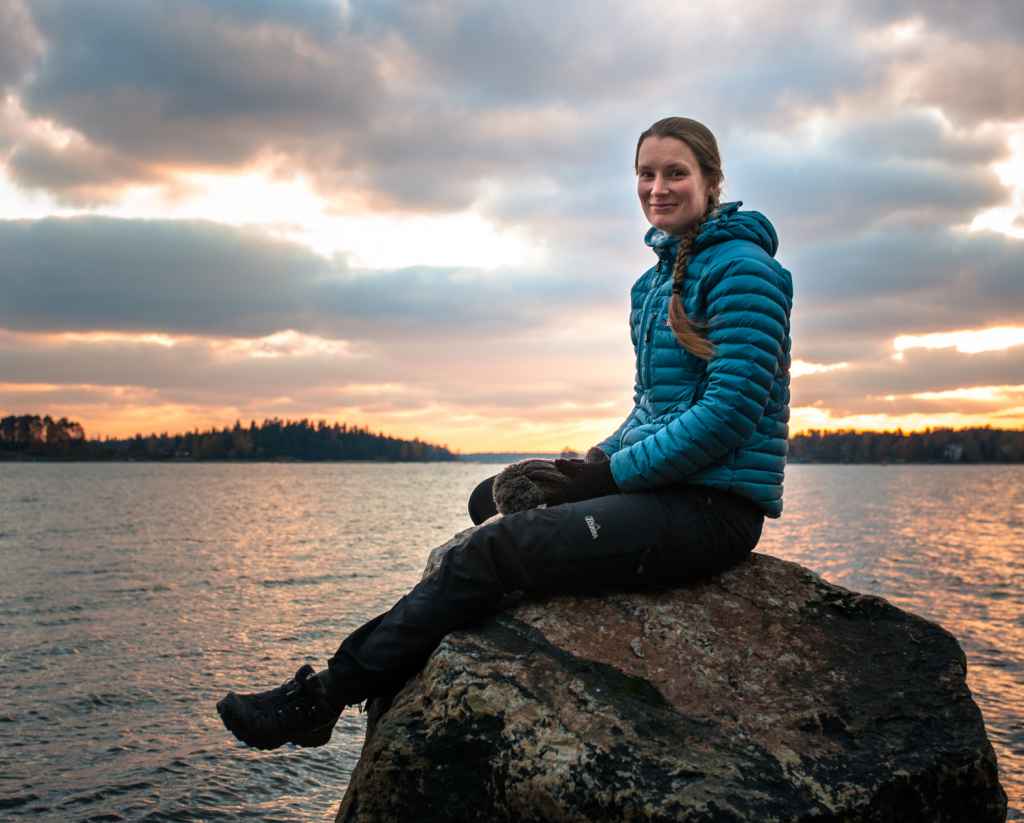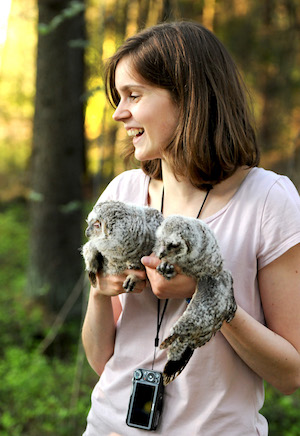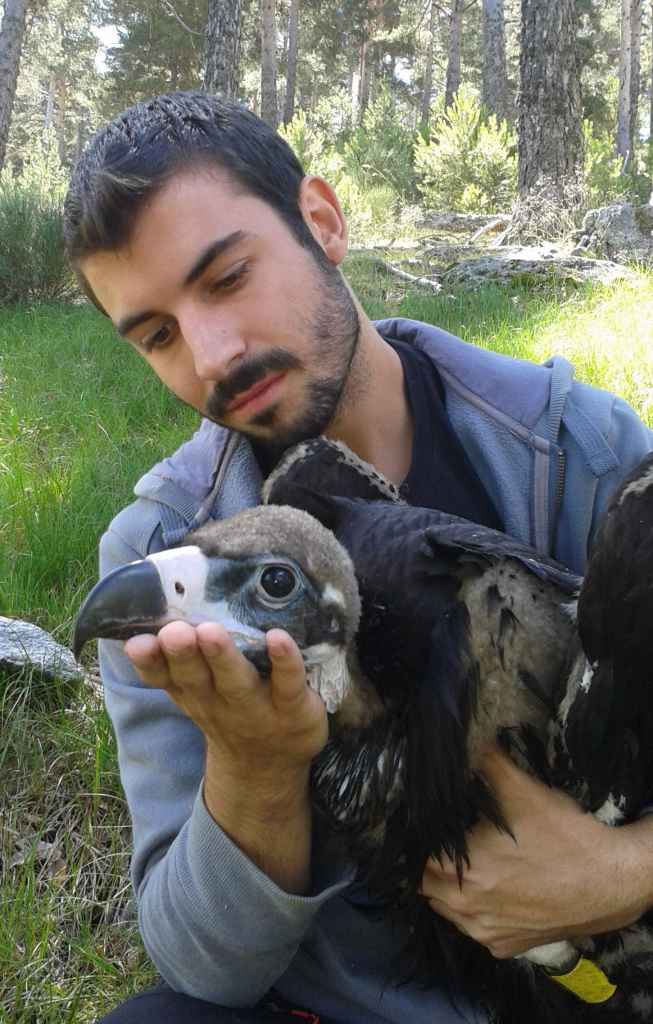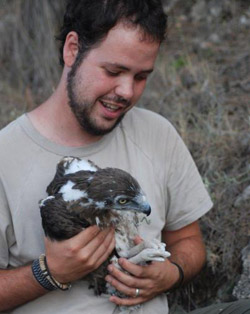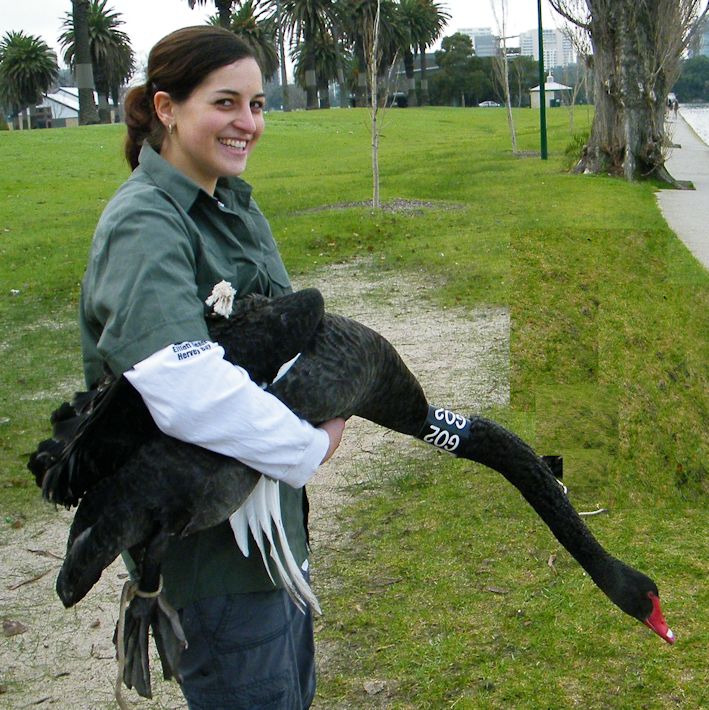Aleksi Lehikoinen
Senior curator
|
I coordinate Finnish common bird monitoring schemes and lead my research group the Helsinki Lab of Ornithology in the Finnish Museum of Natural History. I wrote my first bird observations in year 1987. I started my biology studies in 1999 and finished my MSc thesis about population dynamics and diet of the Great Cormorant in 2003. In my PhD thesis (2009), I studied impact of climate and food availability on timing of breeding and breeding success of eight bird species. I have been working in the Finnish Museum of Natural History since November 2009. I'm also an active at the Hanko Bird Observatory and board member of the European Bird Census Council and a member of the Finnish rarity committee of BirdLife Finland. |
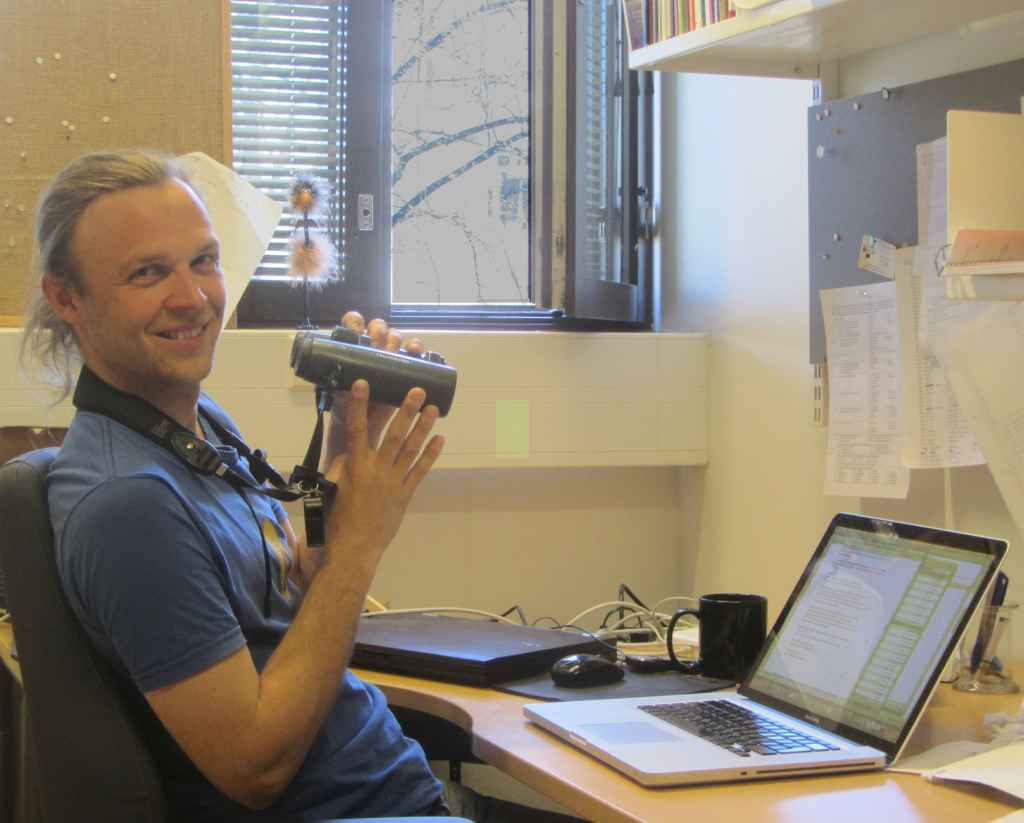 |
Research topics |
Publications and activities |
Research group
-
The Helsinki Lab of Ornithology (members of the group in alphabetic order)
Monitoring and birds as indicators of environmental changeHabitats and their quality are changing all the time because of human influence and natural processes. Impacts of agriculture, forestry, drainage of peatlands and eutrophication are examples of human caused habitat changes. Succession of forests and fluctuation of the seed crop of tree species are on the other hand examples of natural processes, which affect habitat type and quality. My group uses bird monitoring data to study how bird populations fluctuate and how populations are responding to changes in the environment. Finnish monitoring schemes are part of international monitoring network and I'm acting in the board of the European Bird Census Council, which coordinates the bird monitoring in Europe. In recent years state of the biodiversity has been increasingly started to monitor using status indicators of species. My projects include developing and updating of habitat specific status indicators of birds. • Doctoral student Purabi Deshpande is studying native bird species interact with introduced non native plant species |
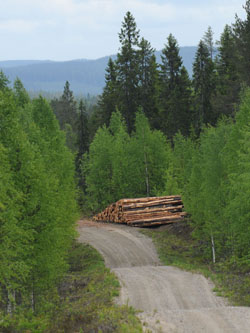 |
Birds in changing climateIn addition to human caused habitat change, global climate change affects the environment. The effect of climate change on populations is not necessarily independent, but interacts with land use practicies. Climate change causes shifts in species' migration and breeding phenology and distribution areas. My group is studying for instance, which factors are explaining the species-specific variation in response to climate change. • Post-doc Laura Bosco investigates cumulative responses of birds to climate change |
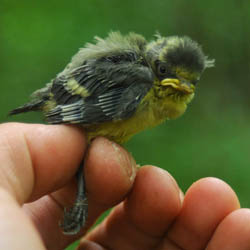 |
Conservation, environmental change and managementTraditional nature conservation is to establish protection areas for species. Status of the protection areas does not necessarily remain stable because of large-scale environmental changes such as climate change and eutrophication. For instance climate change is shifting species distributions, but position of the protection areas are constant. Because of this, it is important to investigate do the protection areas ameliorate species in relation to climate driven range shifts. Quality of the protection areas can also be improved using management actions. To make management cost-efficient, it is important to investigate the effects of different action types. • Doctoral researcher Anna Haukka studies what kind of species are vulnerable for illegal and legal trade of birds |
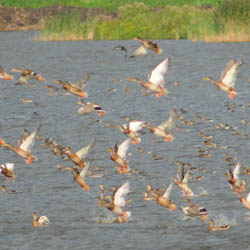 |
Fascinating bird migrationMajority of the bird species in North Europe are migratory spending part of their life cycle outside breeding areas. Because of this their population dynamics for instance can be affected by environmental changes during the both winter and summer areas. Long-term bird ringing has revealed migration routes of species and current modern tracking devices enables to investigate migration online in the globe (look at research pages of Jari Valkama). Annual migration numbers and phenology of birds are also affected by environmental changes. In our research, we are for instance combining migration data with the species distribution data to improve our understanding about overall changes in the bird populations. In addition, we are studying processes of bird migration. The key source of the bird migration data is the Hanko Bird Observatory, which is maintained by the Ornithological Society of Helsinki region, Tringa. • MSc student Jenni Heiskanen studies phenological changes in autumn migration of birds • Doctoral researcher Andreas Otterbeck is investigating connections between population dynamics, migration and climate change |
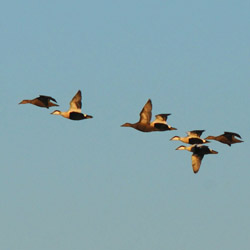 |
|
Post-doc Laura Bosco investigates cumulative climate change responses in northern bird communities, funded by the Swiss National Science Foundation for 1.5 years. The project aims to understand how different response types to climate change interact and whether they differ among species or across latitude. After Laura defended her PhD on Woodlark habitat selection in Swiss vineyards at the University of Bern, she worked at the Swiss Ornithological Institute where she focused on implementing and communicating her research findings. Outside of academia, Laura likes to dance, go birdwatching and enjoy life in nature. |
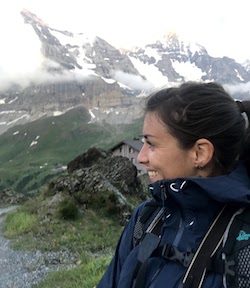 |
|
Doctoral researcher Josephine Couet started her PhD thesis at the beginning of 2022. Her project aims at understanding altitudinal shifts in avian communities under climate change across European mountains and the implications for the conservation. The project takes a macroecological approach to understand the broad impacts of climate change on species communities. Her thesis is supervised by Aleksi Lehikoinen, Emma-Liina Marjakangas and Andrea Santangeli and is funded by the Kone Foundation. During her free time, she likes to knit sew and walk in the nature |
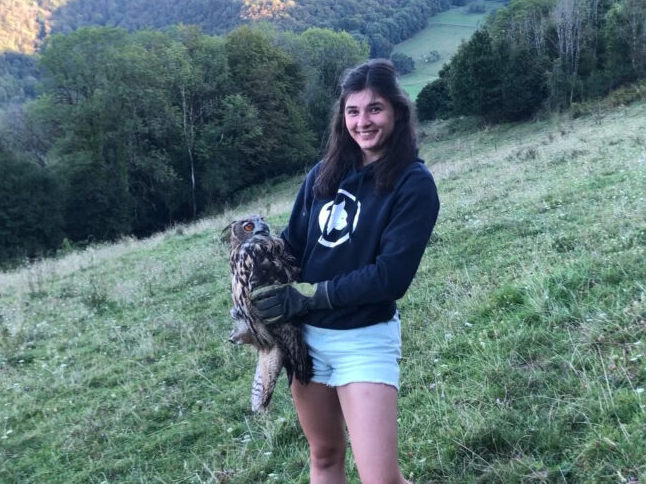 |
|
Doctoral researcher Anna Haukka's project aims at understanding the drivers and species ecological traits underpinning the global trade in wild birds. The project will produce new information for bird conservation. The work is supervised by Aleksi Lehikoinen and Andrea Santangeli and is funded by the Kone Foundation. Anna is interested in biodiversity conservation and especially the human-nature relationship. In addition to research, she works in nature education and teaches. |
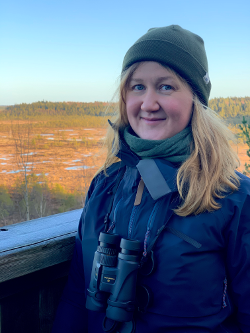 |
|
Post-doc Sari Holopainen studies long-term changes in Finnish duck populations. In this project funded by The Ministry of Agriculture and Forestry, the purpose is to improve waterbird management and repeat the intensive surveys made at the late 1980s. The project targets at finding the reasons behind declining trends of several duck species by studying the long-term changes happened at the breeding habitats of ducks. The project should support more efficient duck management. Natural Resources Institute Finland and Finnish Environment Institute participate in this project as cooperative institutions. Sari defended her PhD about duck habitat use and reproduction in boreal wetlands at the University of Helsinki in 2015. Recently Sari has studied duck nest predation in Finland, Denmark and Iceland. Sari uses her free time with her dog in the nature. |
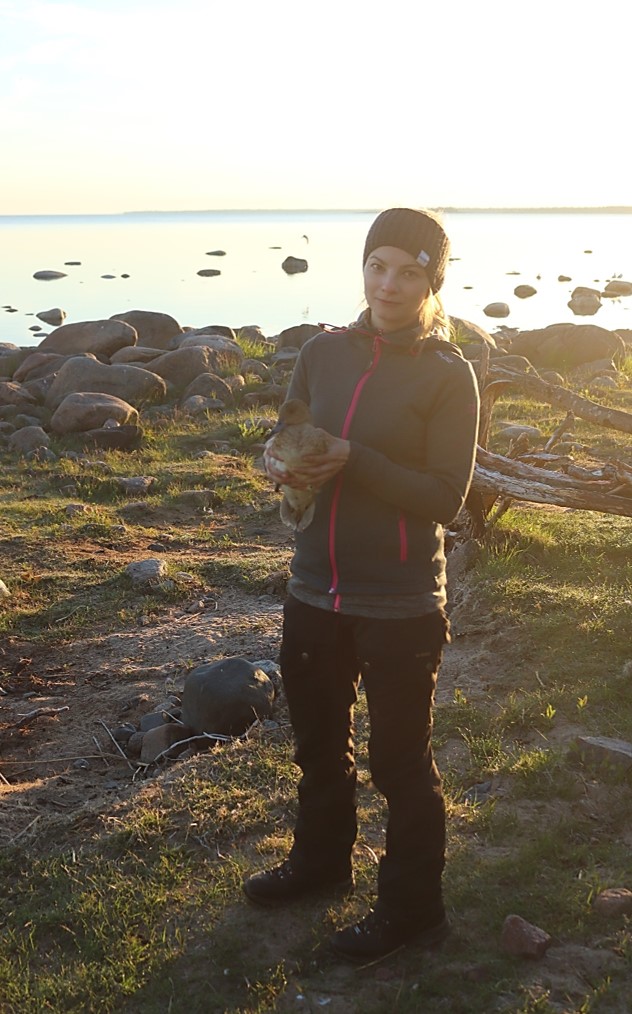 |
|
Post-doc Emma-Liina Marjakangas started in the lab in December 2019. In a 3-year-project, she studies climate change effects on bird communities in North America and Europe. The project aims to investigate how the bird community responses to climate and land use changes depend on community complexity. Emma is broadly interested in community ecology, anthropogenic drivers of biodiversity and biogeography. She defended her PhD on tropical species interactions at Norwegian University of Science and Technology in 2019. In her free time, Emma likes to play football, learn new languages and relax in the nature. |
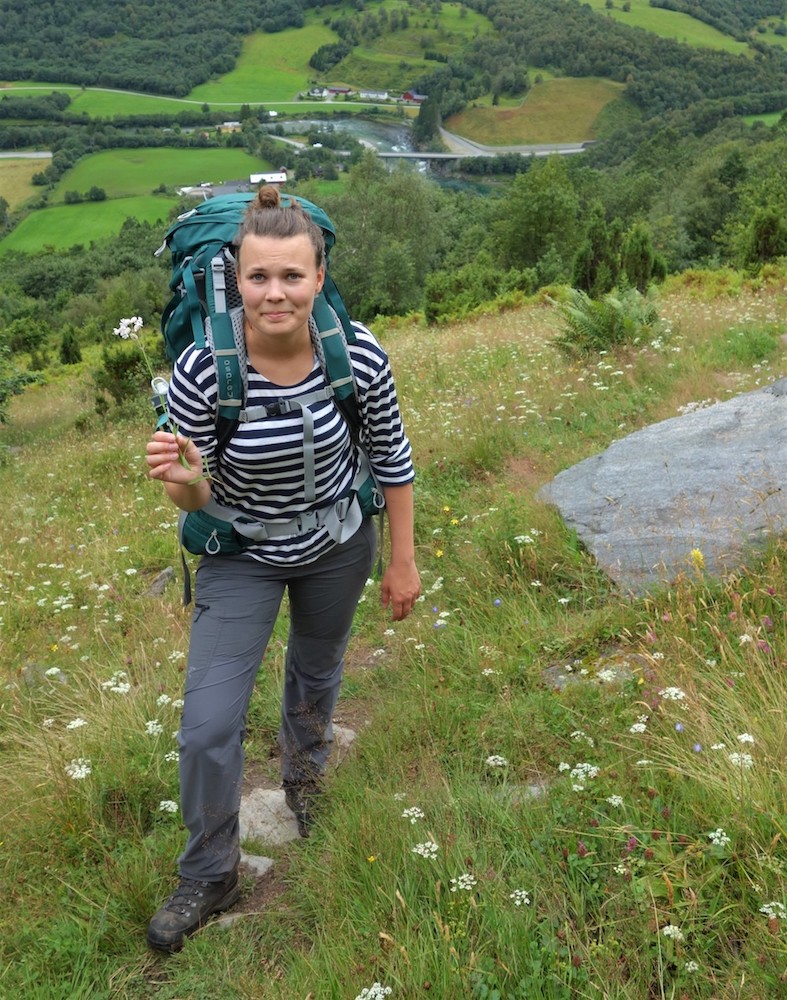 |
|
Post-doc Sanna Mäkeläinen investigates how land use projects affect birds and the Siberian flying squirrel using information of Environmental Impact Assessment (EIA) processes in a three-year project funded by Kone Foundation. During the project the material of Finnish EIA projects is gathered to make a comparison of the abundances, richness and trends of different species in the developed project areas with those of the surrounding areas. Sanna defended her PhD about the effects of human-modified forest landscapes on the Siberian flying squirrel. While not in office, she is going outdoors with her dog and doing different dog sports, but she is also watching birds during her spare time. |
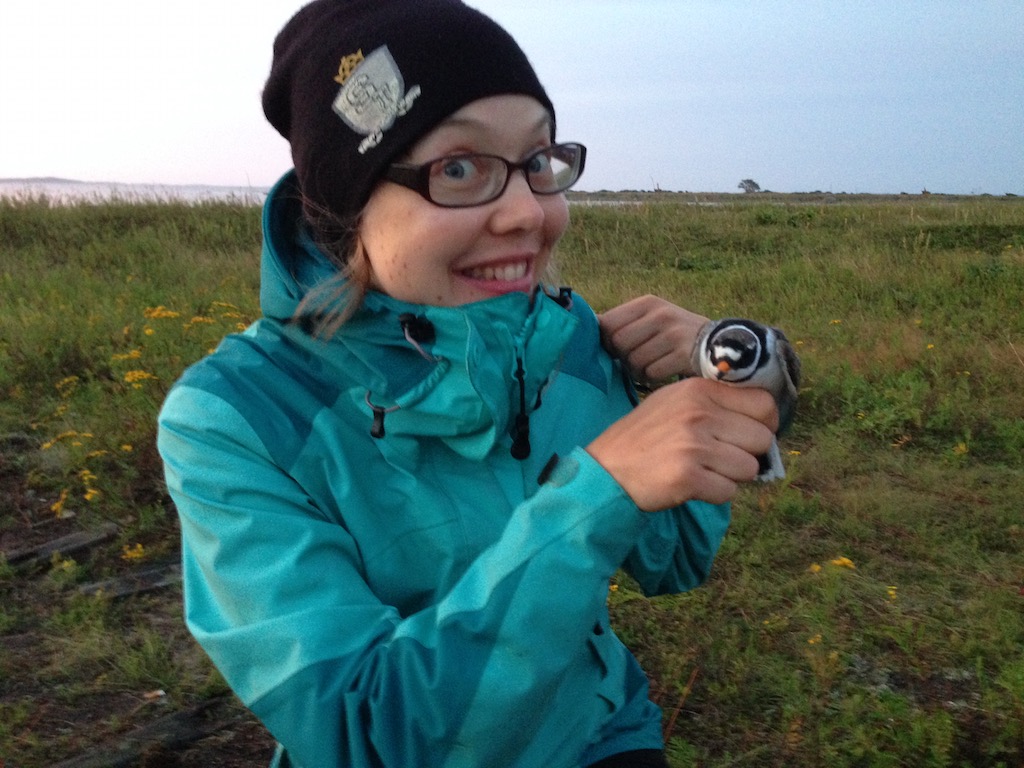 |
|
Doctoral researcher Andreas Otterbeck investigates in his PhD unsolved puzzles regarding the ecological pressures and population dynamics of climate responses in migration. In particular he is exploring spato-temporal effects that range shifts might have on apparent migration phenology, wing lengths and the proportion of individuals deciding to overwinter. As a deeper dive into the latter, he is studying what demographic traits drives individuals to migrate or not. Besides research, Andreas enjoys hiking, photography, beer brewing and sourdough baking. |
Migrated but not forgotten
|
Ulisses Camargo worked with the animal sound identifier (ASI) software in the group in 2018-2019. |
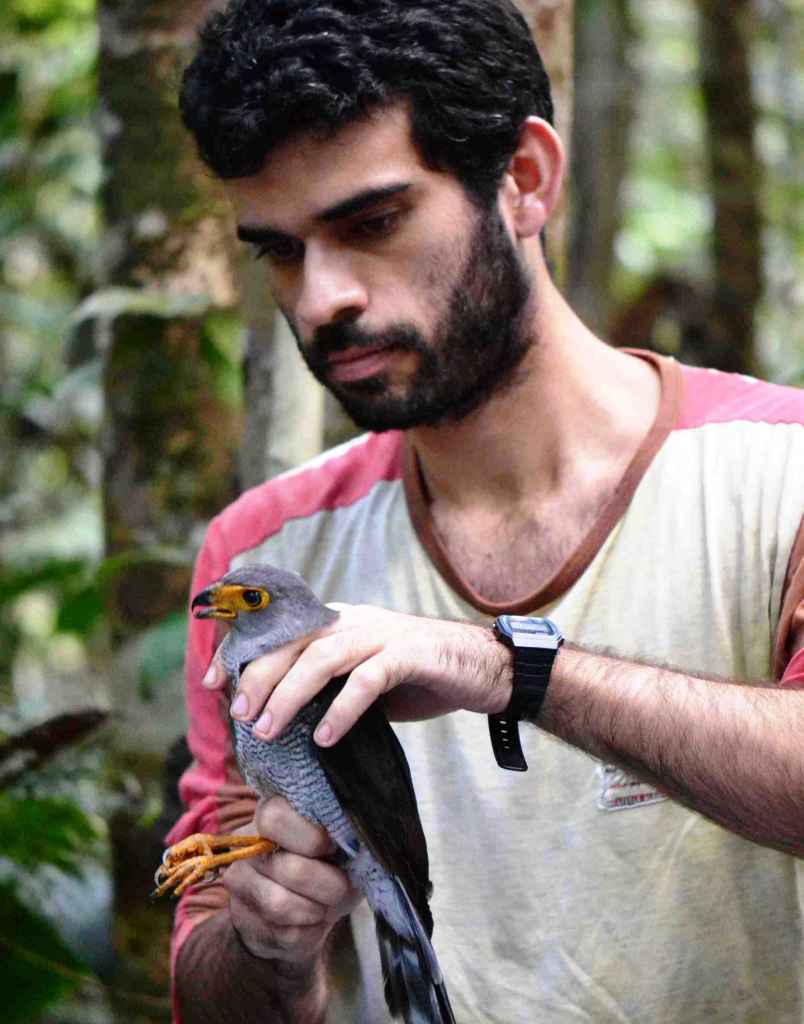 |
|
Sara Fraixedas Nuñez did her PhD in the group during 2013-2017. Read more about Sara's research. |
|
|
Master student Petteri Hauta-aho finished his MSc thesis in the group in 2018. He investigates the dispersal distances of bird species. |
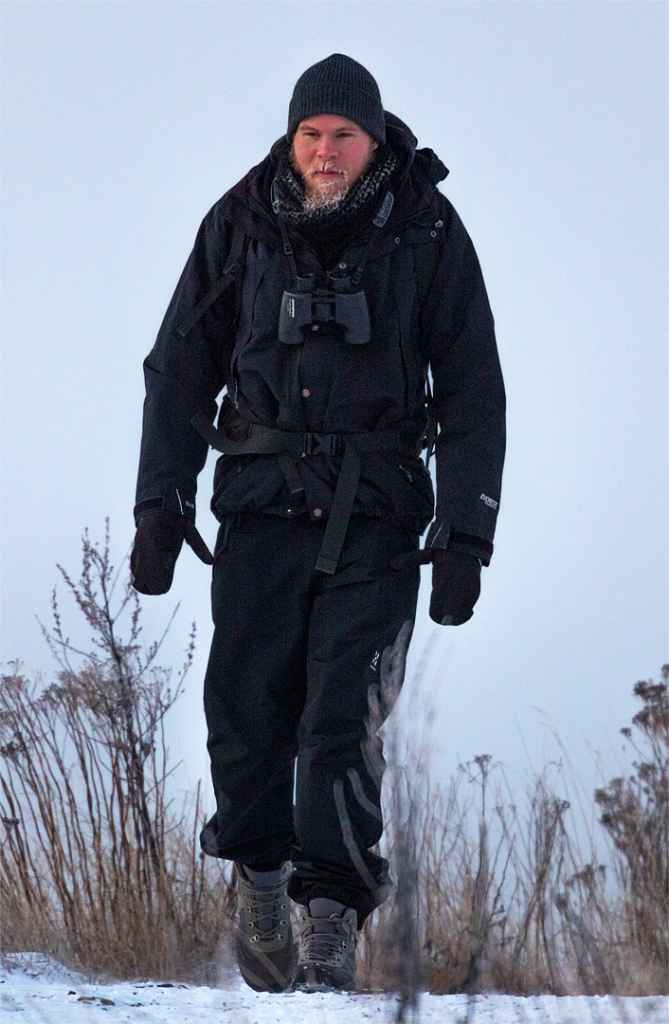 |
|
Edward Kluen worked as a post-doc in the group especially with the nest card data. Read more about Ed's work. |
 |
|
Juan Gallego did his BSc thesis in Helsinki during one-year Erasmus exchange from autumn 2014 till spring 2015. In the thesis he investigated does the weather conditions explain the spatial and temporal synchrony in crop size of trees and how this is connected with berry eating bird species. The thesis was supervised by Aleksi Lehikoinen. Read the article about crop sizes.
|
|
|
Master student Valtteri Lehto finished his MSc thesis on impact of temperature and habitat quality on winter survival of forest birds in 2019. |
|
Kalle Meller defended his PhD about climate change and birds in the group in 2016. |
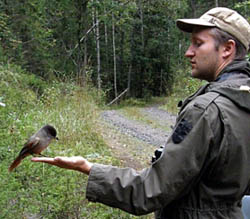 |
|
Juuli Paananen finished her MSc thesis in the group in 2017. The thesis dealt about spatial variation in changes in population sizes of forest birds in Finland. |
 |
|
Petteri Lehikoinen finished his PhD in the group in 2020. |
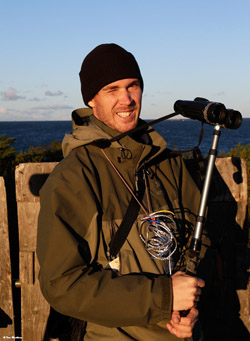 |
|
Miia Pietiläinen finished her MSc thesis in HelLO in 2017. Her thesis show how cyclic vole abundance influence autumn migration behaviour of ows in Finland. |
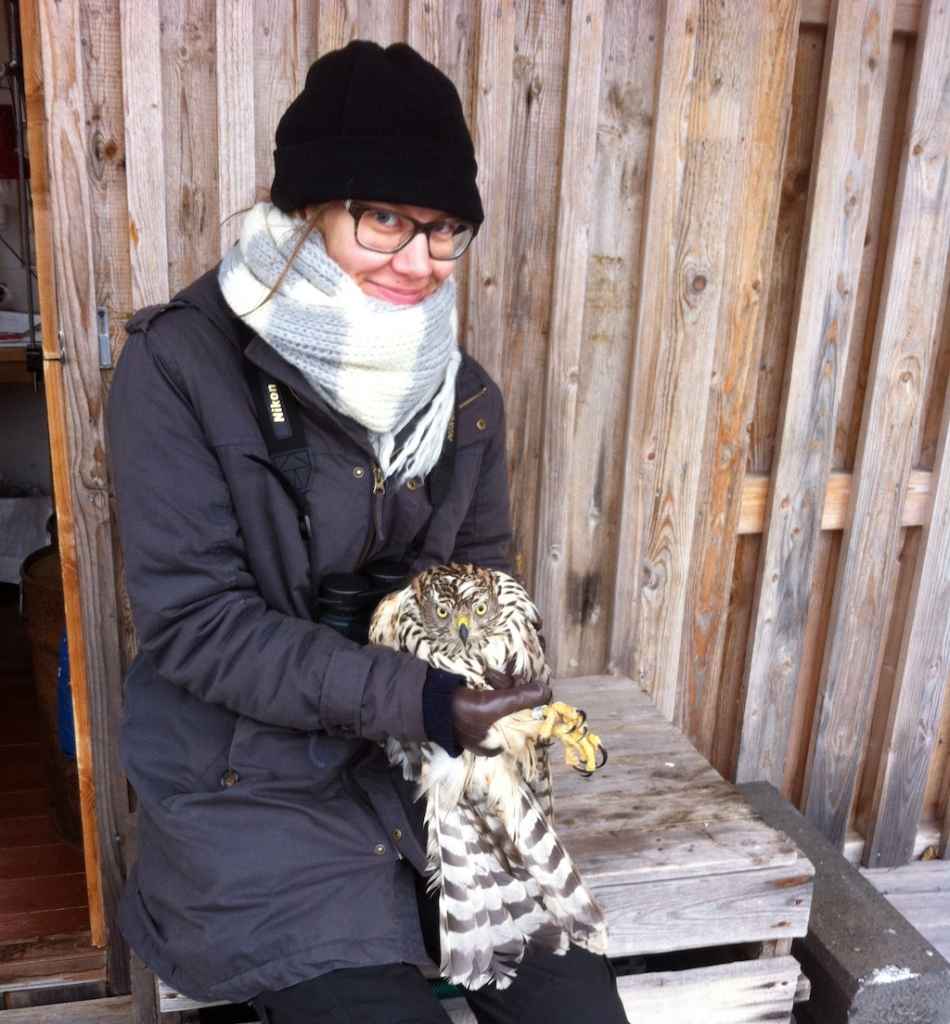 |
|
Master student Aapo Salmela finished his master thesis in the group in 2018. He is investigating are the changes in Finnish bird communities linked with climatic fluctuations.
|
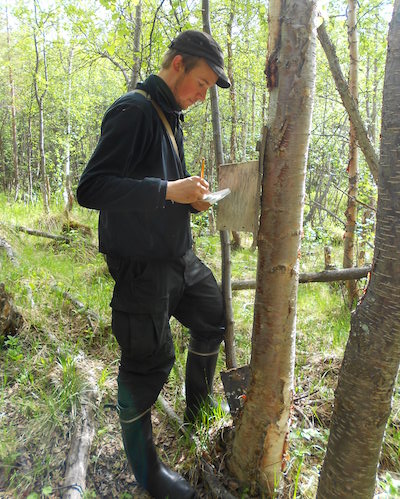 |
|
Jarkko Santaharju did his MSc thesis on sex-specific differences in timing of autumn passerine migration using ringing data of the Hanko Bird Observatory. He has studied nature surveyor’s specialist qualification and done several bird censuses as well as worked with other taxa including ants, dragonflies and polypore. Jarkko is an active bird ringer and photographer, but enjoys all kinds of birding from rubbish dumps to counting arctic migration. |
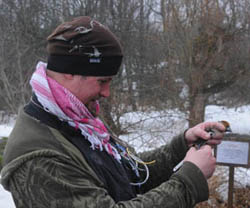 |
|
Post-doc Andrea Santangeli did his three years post-doctoral research funding provided by the Academy of Finland in the group. |
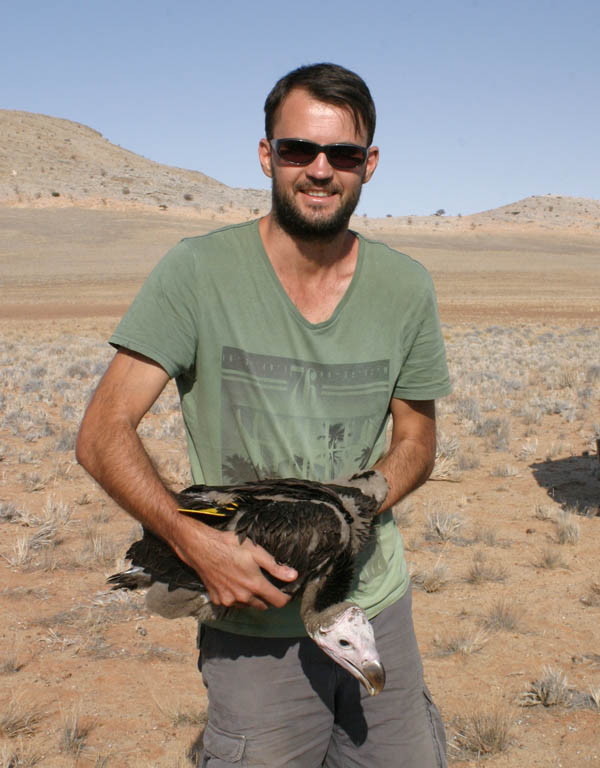 |
|
Päivi Sirkiä worked as a postdoc and research coordinator in the group between 2014 and 2020. |
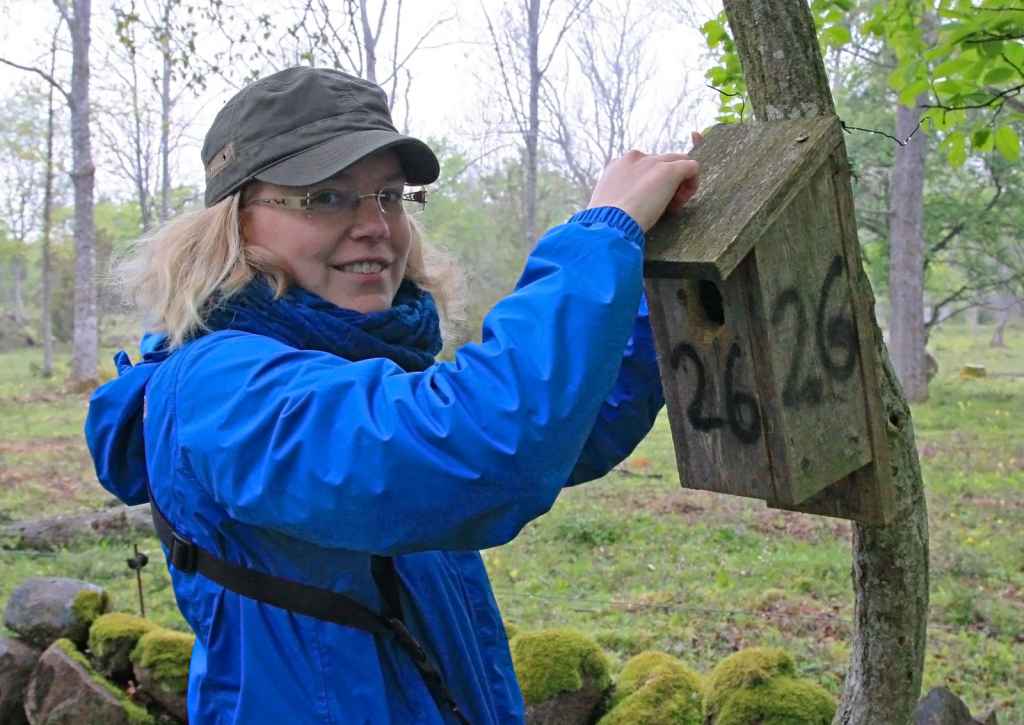 |
|
Master student Maria Tiusanen finished her MSc thesis in the group in 2018. The thesis concentrates on the effects of climate change on bird communities within protected areas during the last few decades. |
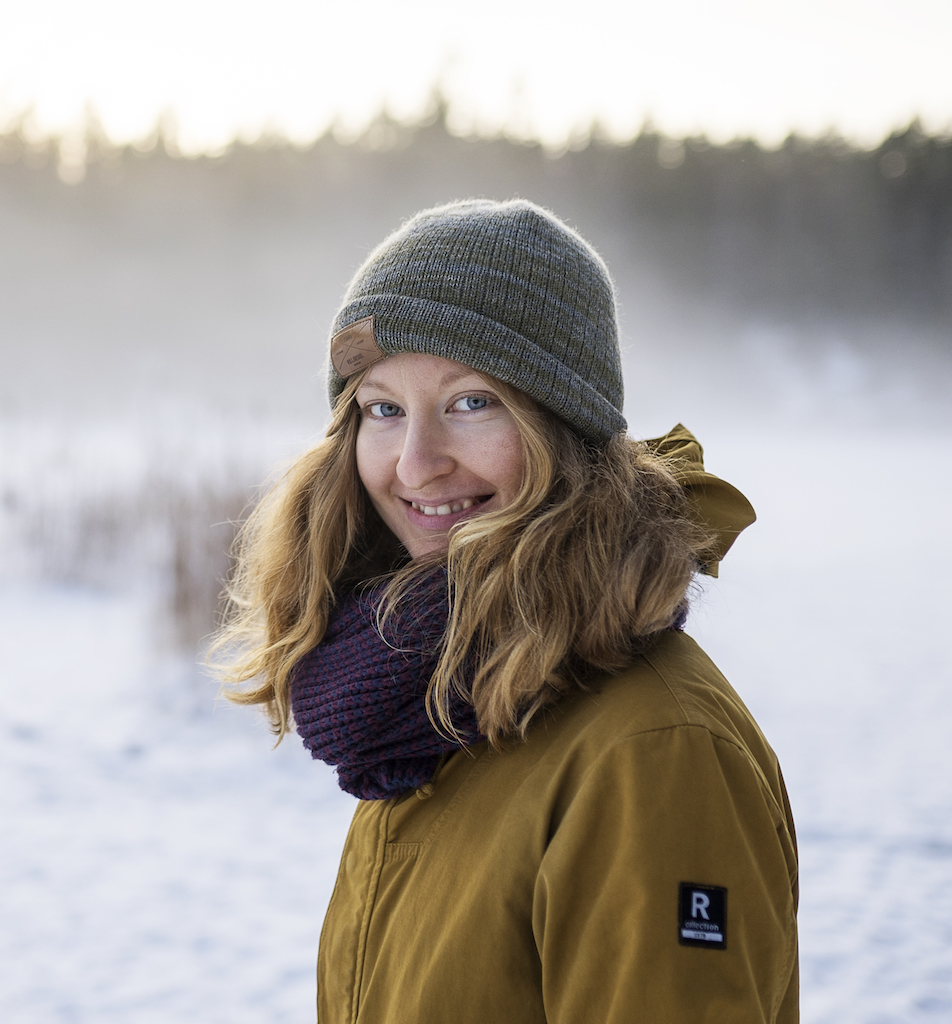 |
|
Master student Ari Turula investigated changes of winter bird communities in Finland in his MSc thesis (2019). |
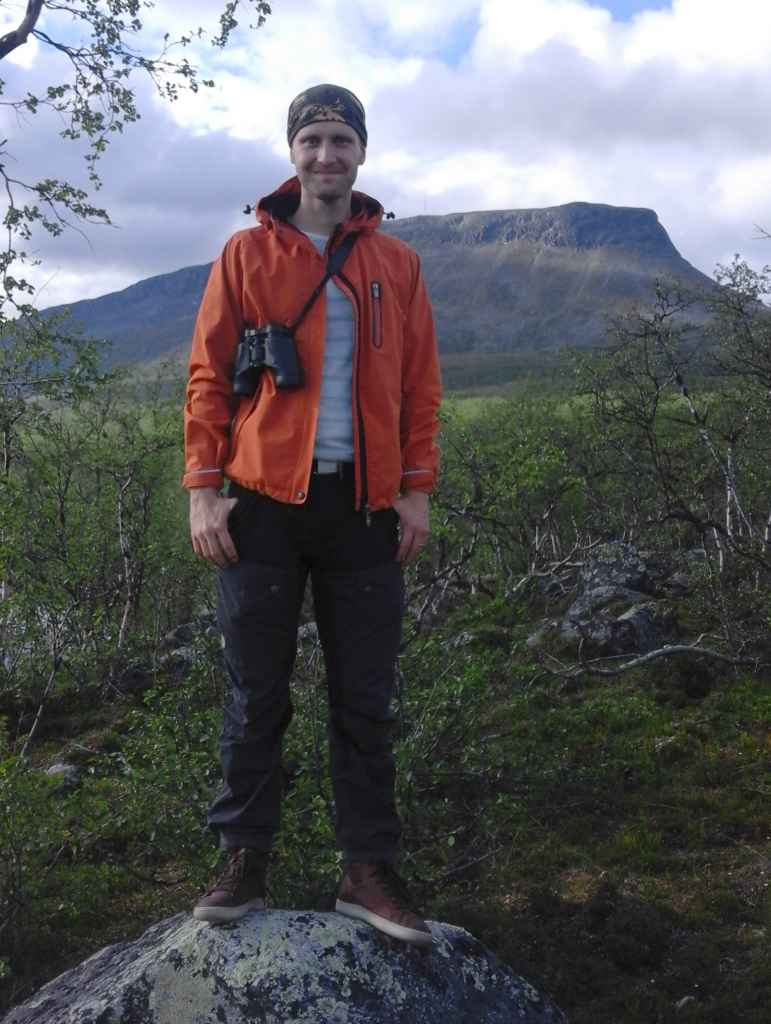 |
|
Post-doc Martijn Versluijs studied the cumulative impact of forestry and climate change in the group. He defended his PhD in 2019 at the Swedish University of Agricultural sciences in Umeå, Sweden. |
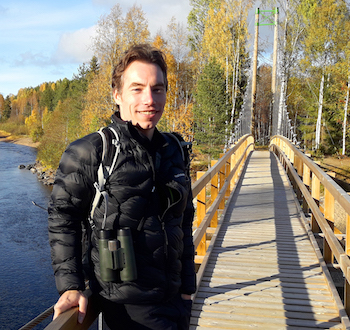 |
|
Post-doc Kaisa Välimäki worked in the group 2013-2015. She studied factors affecting species-specific variation in density shifts in birds and mammals. |
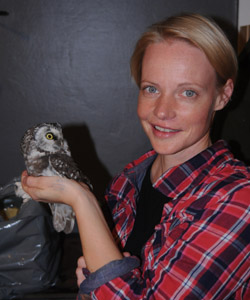 |

